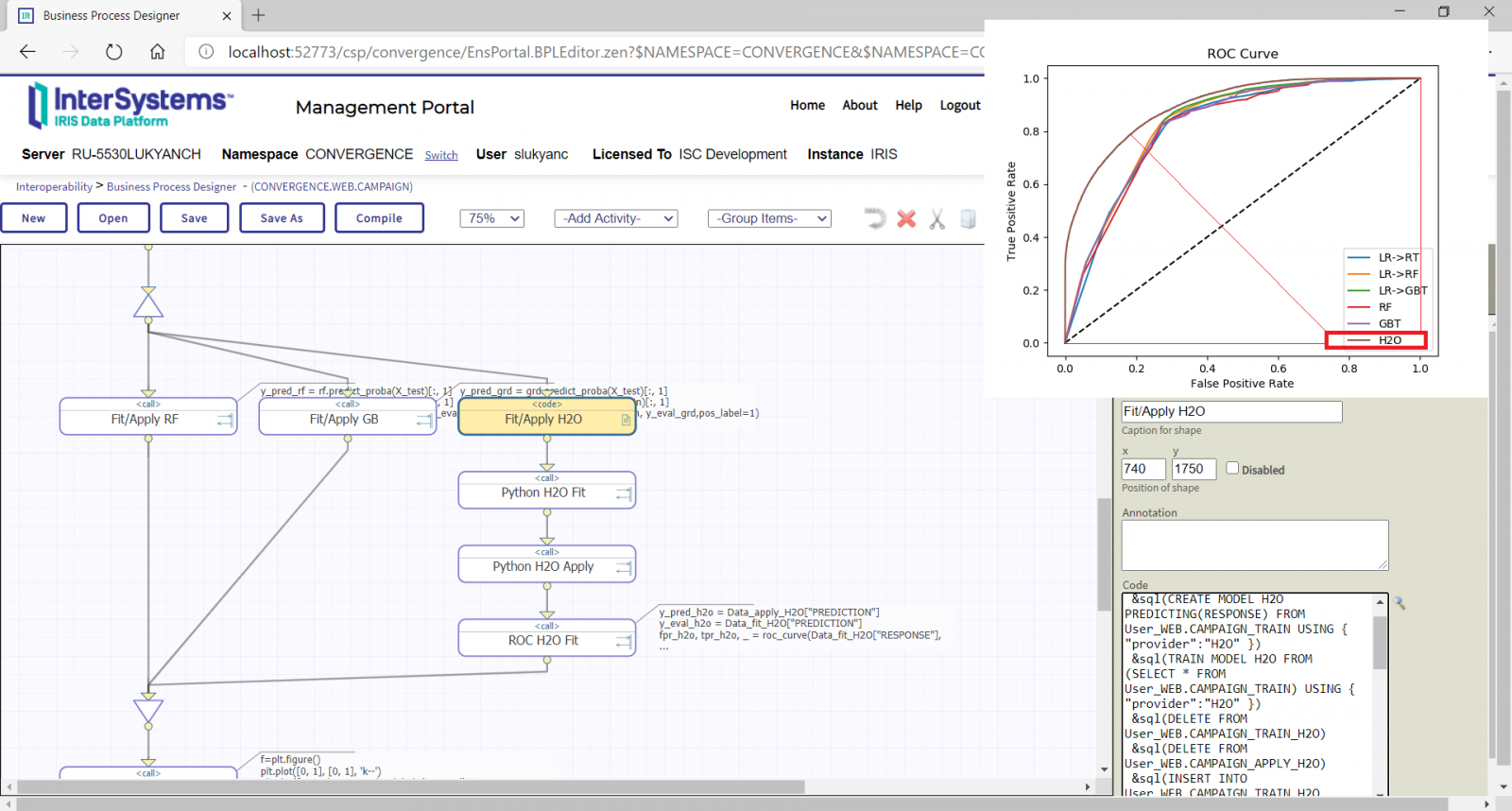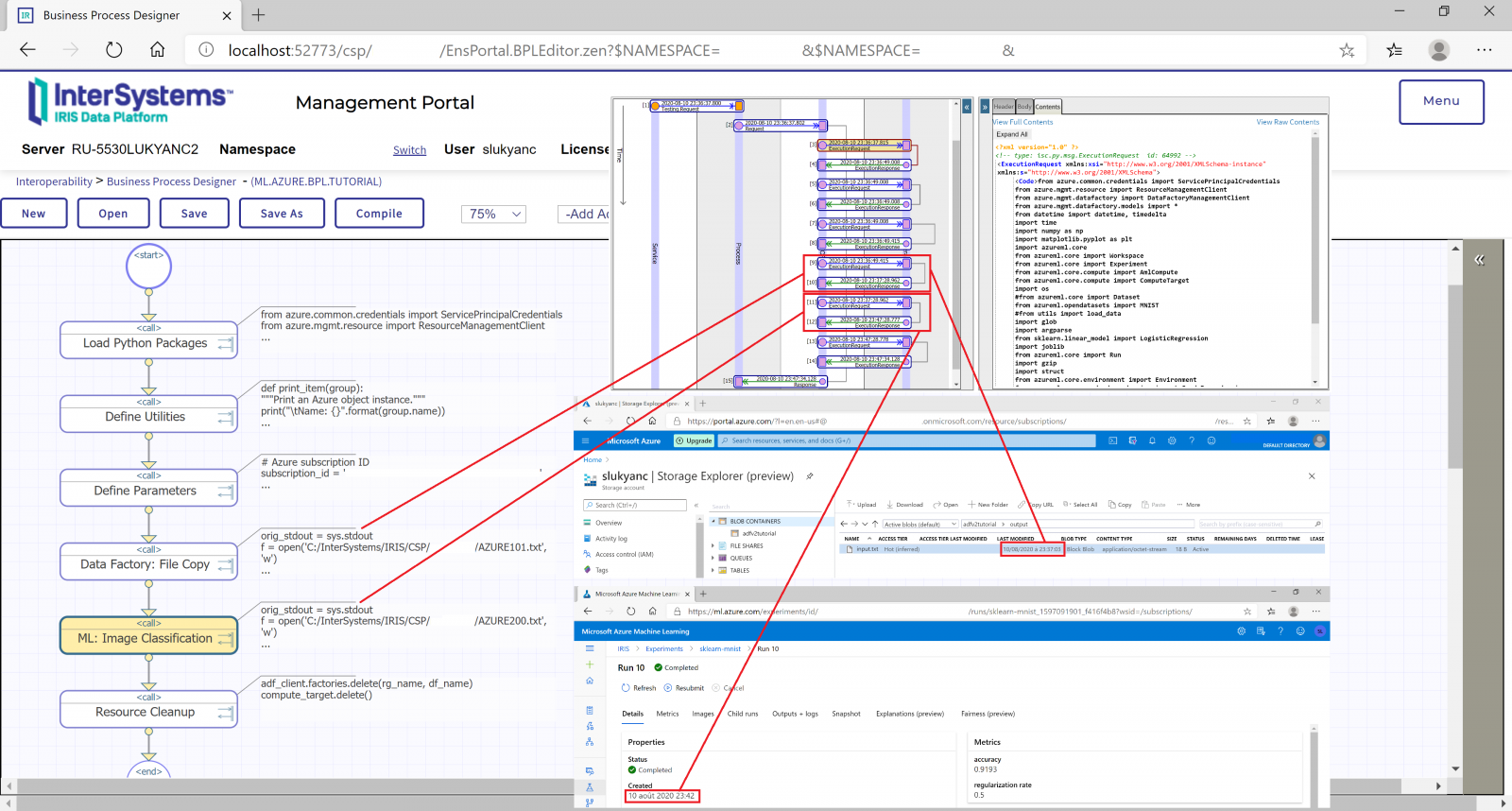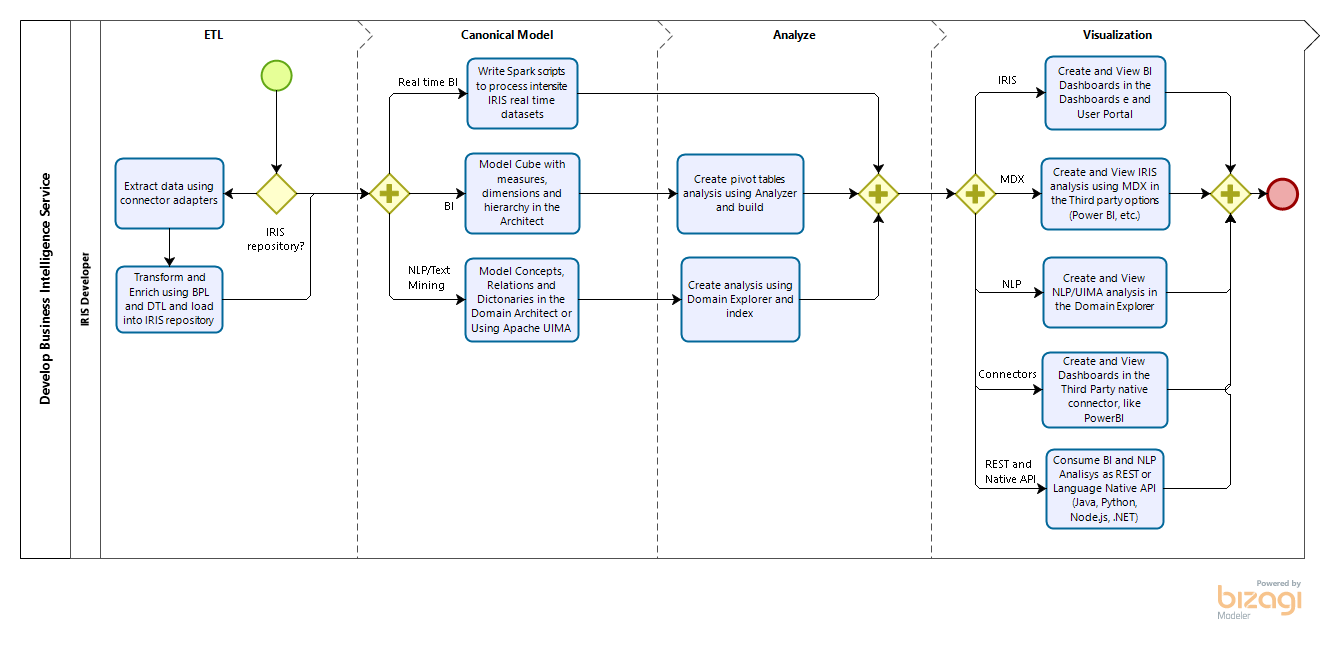What is Distributed Artificial Intelligence (DAI)?
Attempts to find a “bullet-proof” definition have not produced result: it seems like the term is slightly “ahead of time”. Still, we can analyze semantically the term itself – deriving that distributed artificial intelligence is the same AI (see our effort to suggest an “applied” definition) though partitioned across several computers that are not clustered together (neither data-wise, nor via applications, not by providing access to particular computers in principle). I.e., ideally, distributed artificial intelligence should be arranged in such a way that none of the computers participating in that “distribution” have direct access to data nor applications of another computer: the only alternative becomes transmission of data samples and executable scripts via “transparent” messaging. Any deviations from that ideal should lead to an advent of “partially distributed artificial intelligence” – an example being distributed data with a central application server. Or its inverse. One way or the other, we obtain as a result a set of “federated” models (i.e., either models trained each on their own data sources, or each trained by their own algorithms, or “both at once”).



